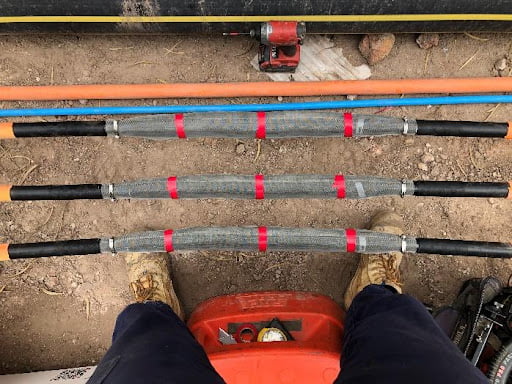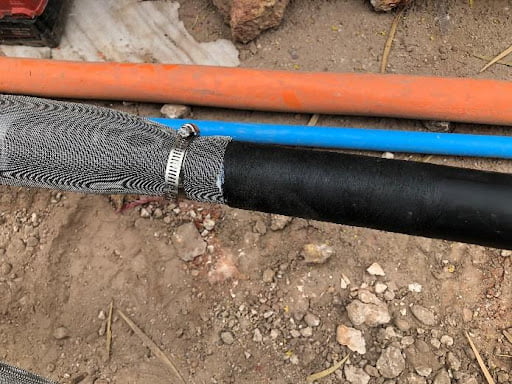Underground high voltage cables are a great innovation to the electrical distribution industry. While they make an installation look more visually pleasing than the overhead systems currently being utilized, they are often exposed to scenarios which are overlooked by electrical designers and engineers. It is common practice to protect your cables from mechanical damage via installation methods and manufacturing mechanical protection systems, however in some areas, cables have an environmental issue leading to a shortened lifespan and failure. Termites! Even though electrical cables are not considered food for the termites it is well known they can attack underground cables damaging the integrity of the installation, which eventually leads to failures. Some areas in Australia have a higher risk of termites such as the northern part of Queensland and the Northern Territory requiring underground cables to have an added protective layer during manufacturing.
Methods for termite protection on underground systems include hard physical barriers such as:
While all systems are highly effective at providing termite protection the most common method utilized for modern installations is the chemical infused High Density Polyethylene. This solution provides the most cost-effective solution as additional layers are not required to be added to the normal specification/design of the cable. Some companies however have moved away from this method due to Health and Safety concerns which has arisen from the use of these chemicals.
When performing joints/terminations on the cable it is imperative to continue the termite protection all the way through the joint. This is generally achieved using stainless-steel mesh being installed as a protective layer over the joined cable (refer image). The use of roll springs or hose clamps ensures termites cannot enter the joint body.


Are you planning on installing underground cables on your electrical systems? Call us today to find out if you require extra protection for your cables.
